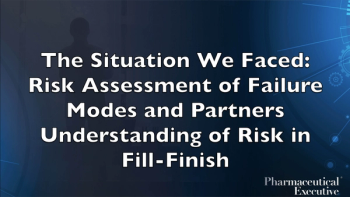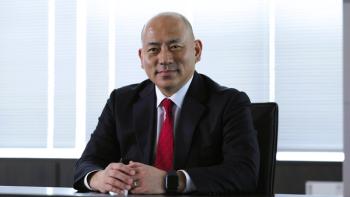
Lessons on the Innovation Journey
Rani Therapeutics CEO Mir Imran recounts the lessons he's learned in founding more than 20 life sciences companies and developing more than 400 patents.
As a child growing up in India, I was always seeking to understand how everything worked. It led me to a lifetime of problem solving, engineering and research and development. For the last 35 years, I have pursued a career of developing and commercializing medical innovations, resulting in about 22 companies and 400+ patents. But the most important numbers for me are the millions of patients that have been positively affected by these innovations. It has been a fascinating journey, and I have learned a few important lessons along the way.
Lesson 1: Go after the Big Problems
It has taken me decades to truly understand how successful innovations are created. One important learning was a choice I made early in my career: pursue the most disruptive innovations, don’t chase incremental innovations. There is a place for incremental innovations, but my personal interest and motivation centers on solving the biggest problems and creating solutions that can truly disrupt patient outcomes.
I have collaborated with and mentored hundreds of entrepreneurs and they all ask a similar question: What advice do you have for aspiring innovators and entrepreneurs? I always say go after the big problems. Rani Therapeutics is a great example of this. Converting injectables into pills has been a problem plaguing big pharma for decades, as millions of patients suffer from chronic diseases like psoriasis, Crohn’s disease, rheumatoid arthritis, and diabetes, among others that require regular, painful injections. A solution that would allow these patients to receive their medication with a pill instead of by injection would transform their quality of life. That is why there have been so many attempts at solving this problem, and why pharma companies have spent billions to try to develop new approaches. Solving such a complex and difficult problem for the benefit patients is what motivates me every day to keep pushing forward.
Lesson 2: Understand the problem before you try to solve it
Start with understanding the problem from all facets. Once you truly understand the problem, the solution will reveal itself. Earlier in my career, I was quick to try to “solve” the problems. I would spend time dreaming up the solution to a problem that I did not fully understand. Experience, maturity and failures have taught me that you must take the time to appreciate the problem, look at it from all sides, enlist other opinions, and see what has been done before. Now I take the time to understand why better solutions do not exist, and digest the challenges that have come before when trying to solve a problem. If you pursue solutions too quickly without that complete understanding of the problem, you might miss the opportunity for a breakthrough.
In the case of Rani Therapeutics, I had to look at all of the ways that previous approaches have failed in order to come up with a radically different way to solve the problem. Rather than try to change the drug to make it viable orally, which had been tried many times before by other companies, I decided we needed to take a radically different approach and instead change how the drug is delivered. Once I focused on solving for the delivery mechanism, the solution took shape in the form of a swallowable mini-auto injector. The mechanism knows how to make its way into the intestinal wall where it can deliver the drug. I knew that the intestines were highly vascularized and had no sharp pain receptors so an injection into the intestinal wall would be highly effective but wouldn’t cause pain. Out of that concept, the
Lesson 3: Bring in different view points
We have a truly multi-disciplinary team and that plays a critical role in understanding and framing problems, and ultimately devising solutions. In addition to having a deep understanding of their own domain, in our environment, these people are brought together to work collaboratively on projects. They must have an appreciation for each other’s domains, and learn how to effectively communicate across these disciplines. Different groups with unique experiences and insights must get outside of their own comfort zone, seek to understand other view points, and work together to solve a problem. When the barriers are broken down, something truly magical can happen. In the case of Rani, the solution came from a deep understanding of material science, mechanical engineering, anatomy, physiology, manufacturing, biology, among other disciplines. Each one of these groups brings unique insights helping us piece together a complex, but elegant solution for the oral delivery of biologics. Only working together, listening to each other’s perspectives, and learning from our collective experiences were we able to make this innovation a reality.
Lesson 4: Be willing to take risks and fail
In the pursuit of disruptive innovations, failure is a constant companion and success an occasional visitor. There can be big rewards that come from innovations like Rani, but there are also countless risks along the way. I have been fortunate to have had many successes in my career, but I also have had my fair share of failed concepts or lackluster results. Before I had success with the first Implantable Cardioverter Defibrillator ICD), I had two failed companies. I never let those failures bring me down; rather I saw them as opportunities to learn and evolve. Each experience gave me further clarity, led to deeper insights and helped inform future decisions. If I had given up after my failures, life would have turned out very differently for me.
Mir Imran, a medical inventor, entrepreneur and investor, is Chairman and Chief Executive Officer of InCube Labs &
Newsletter
Lead with insight with the Pharmaceutical Executive newsletter, featuring strategic analysis, leadership trends, and market intelligence for biopharma decision-makers.




